Diversity vs. Inclusion
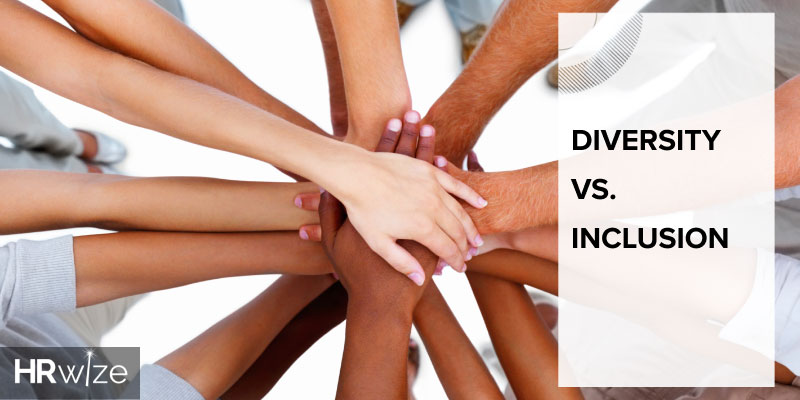
Diversity and inclusion are two things that we hear a lot as HR professionals. We are constantly being told how important they are and how it needs to be a part of our daily mission. We are also prioritizing them in the workplace now more than ever. But ask yourself what do they mean? Are they synonyms? If not, what is the difference between diversity and inclusion?
What is diversity?
Let’s first start by defining diversity. Diversity in the workplace indicates that the organization consists of individuals with a breadth of characteristics. These characteristics include gender, race, ethnicity, religion, age, sexual orientation, family status, education, disability, etc.
What is inclusion?
Inclusion in the workplace indicates that all people are united and can work together.
Common misconceptions
Many companies have this misconception that they can do one without the other. You can, but will it be something that adds value to the company? If a company has diverse employees but does not include them in decisions, value their work, and actively seek collaboration, they are not unlocking their team’s potential for greatness. What’s so amazing about having people from all walks of life working together is that they all contribute something unique. ALL people are important, and they ALL contribute to your company’s value.
“Diversity is being invited to the party. Inclusion is being asked to dance.” —Vernā Myers
How to be inclusive?
Here are 3 simple tips that help you implement diversity in an inclusive way:
- Educate your leaders: Speak up about inclusion. Educate leaders on things they should be doing and things that they shouldn’t be doing. Everything from the top trickles down, so having your leaders make educated intentional decisions will create a domino effect throughout the company. You also include diversity and inclusivity training as a part of the onboarding process for employees.
- Celebrate employee differences: This can be as easy as wishing your employee a happy holiday or being mindful whether it is Cinco de Mayo or not having team lunches during Ramadan. These intentional actions make your employees feel accepted and valued.
- Listening: As much as it is doing, it is also about listening. Organizations must put in the effort to make their people feel heard. You can do this by sending out anonymous surveys about things that your team should improve or new things they should implement.
Diversity and inclusion are both vital in creating a positive work environment. It’s important to not overlook the diverse people in your company but create an inclusive environment where they are being heard and respected. Diversity and inclusion are not interchangeable, they must be approached and facilitated in a cohesive manner. Find out more about diversity in the workplace by reading this article.
 The true ROI of an HRISBy Briana Della Foresta
The true ROI of an HRISBy Briana Della Foresta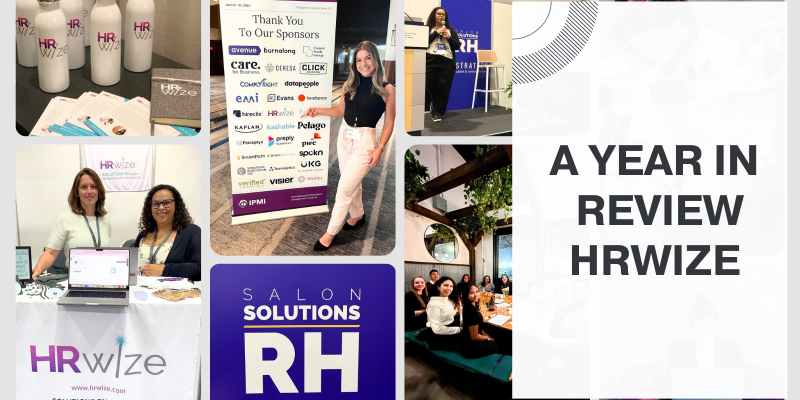 A Year in ReviewBy Briana Della Foresta
A Year in ReviewBy Briana Della Foresta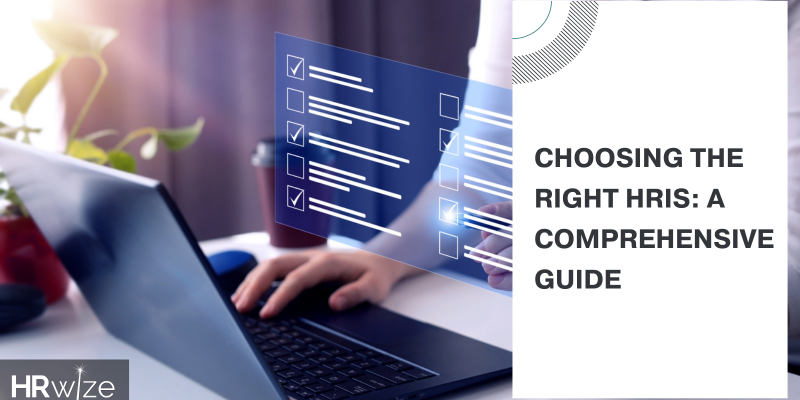 Choosing the Right HRIS: A Comprehensive GuideBy Briana Della Foresta
Choosing the Right HRIS: A Comprehensive GuideBy Briana Della Foresta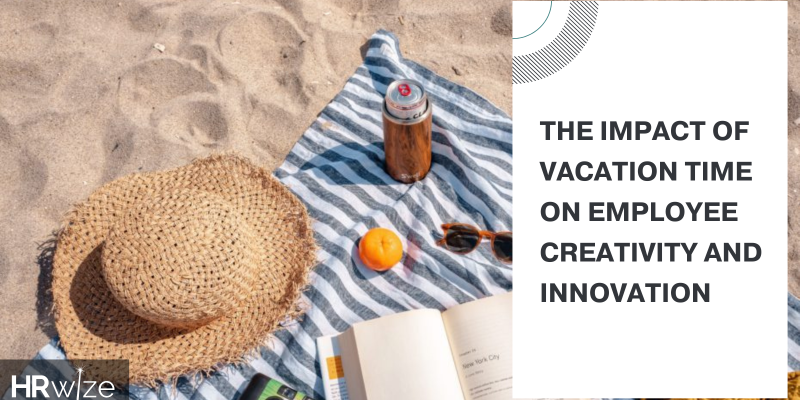 The Impact of Vacation Time on Employee Creativity and InnovationBy Briana Della Foresta
The Impact of Vacation Time on Employee Creativity and InnovationBy Briana Della Foresta The Importance of Employee Vacations for Work-Life Balance By Briana Della Foresta
The Importance of Employee Vacations for Work-Life Balance By Briana Della Foresta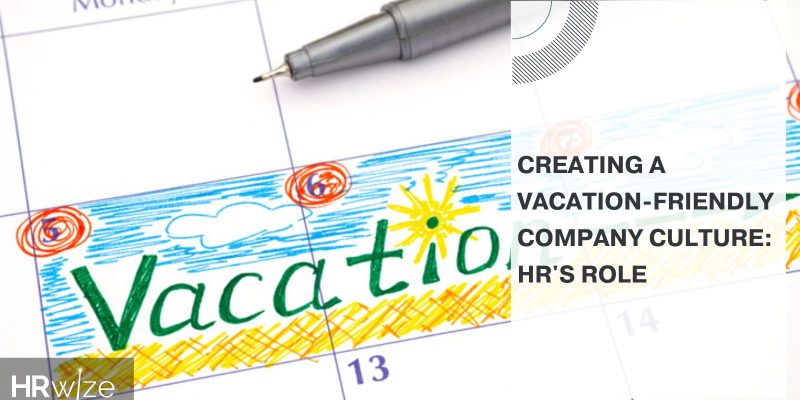 Creating a Vacation-Friendly Company CultureBy Briana Della Foresta
Creating a Vacation-Friendly Company CultureBy Briana Della Foresta Strategies for Coping with Working Mom GuiltBy Briana Della Foresta
Strategies for Coping with Working Mom GuiltBy Briana Della Foresta The Importance of Respecting Holy DaysBy Briana Della Foresta
The Importance of Respecting Holy DaysBy Briana Della Foresta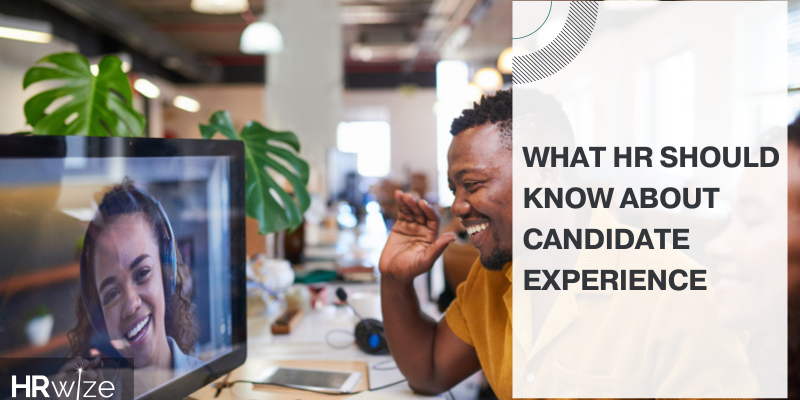 What HR Should Know About Candidate Experience?By Briana Della Foresta
What HR Should Know About Candidate Experience?By Briana Della Foresta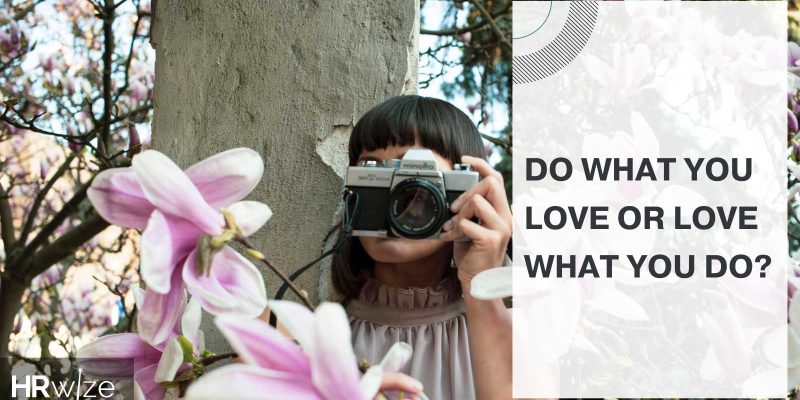 Do What You Love or Love What You Do?By HRWize
Do What You Love or Love What You Do?By HRWize

